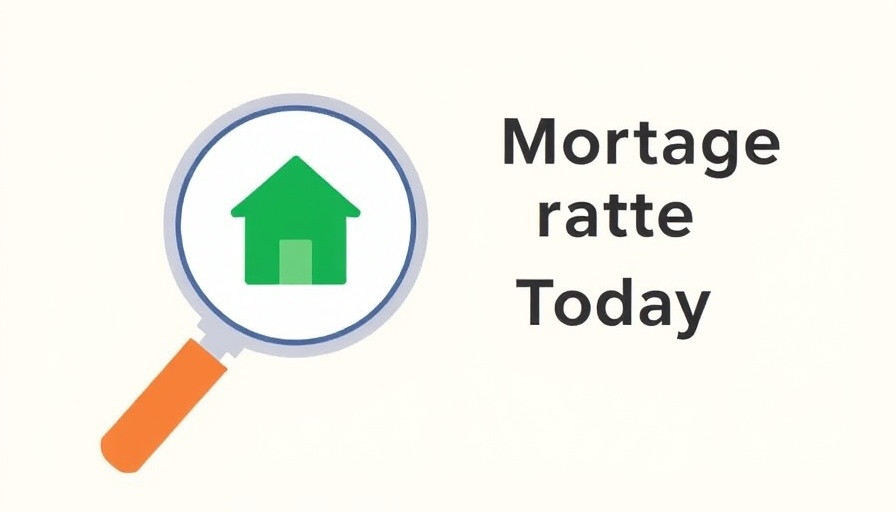
Why America Overindulged in March: A Pre-Tariff Buying Frenzy
In March 2025, American consumers embraced a shopping spree reminiscent of pre-tariff anticipation. This trend was particularly apparent in motor vehicle sales, where March figures showed a striking 5.3% increase compared to the previous month. Factors contributing to this surge include a rush to buy before expected price hikes on cars and other goods. My personal experience of purchasing a new hybrid hatchback on March 30 felt less like an isolated decision and more like part of a collective consumer movement.
The Impact of Anticipated Tariffs on Consumer Behavior
Anticipated tariffs often trigger shifts in consumer spending patterns. In this case, the looming threat of increased prices for cars encouraged many to purchase vehicles sooner rather than later. Economists have long noted how potential spikes in costs motivate consumers to buy before tariffs take effect, a phenomenon that can result in short-term sales booms. The latest data from the U.S. Census Bureau confirms this trend, highlighting a pronounced increase in retail sales during March.
Exploring the Broader Economic Implications of Increased Car Sales
This surge isn't just a reflection of consumer desires; it highlights broader economic indicators. Higher consumer spending on cars typically suggests increased confidence in the economy. In March, this confidence extended beyond vehicle sales; retail sales across all sectors reflected a strong performance. However, with these spurts often come repercussions. As demand accelerates, automobile manufacturers may soon face inventory shortages, which could push prices even higher down the line. Small businesses that rely on car sales should prepare for potential fluctuations in inventory and pricing strategies.
Choosing the Right Timing for Your Business Investments
Small business owners and managers must consider timing when making vehicle or product investments. Understanding market trends—like the current consumer purchasing rush—can provide insights into strategic timing for acquisition. Engaging with financial growth strategies that incorporate market predictions is vital; those who anticipate price changes can secure better deals. As we saw in March, the time to act is often before anticipated changes; otherwise, businesses risk paying more later.
Looking Ahead: What This Means for Future Consumer Spending
The current car sales spike raises questions about future consumer behavior. Are we witnessing a permanent shift in how consumers approach pending price changes? Industry analysts suggest that as tariff announcements loom, there may continue to be brief surges in spending behavior. Businesses can leverage this information by monitoring industry reports and preparing for potential sales spikes during similar timeframes in the future.
Strategies for Business Owners in a Changing Economic Landscape
For small business owners, adapting to changing consumer behaviors can involve more than just watching for trends. It can also mean reassessing supply chains and pricing models. Strategies for success might include diversifying product offerings, utilizing digital tools for streamlined purchases, and understanding customer sentiments towards price fluctuations. Moreover, expanding business credit options can support timely acquisitions without straining cash flows.
Common Misconceptions About Consumer Behavior and Tariffs
There exists a misconception that consumer spending patterns are static and predictable. In reality, they are fluid and influenced by external factors such as tariffs. While many believe a stable economy guarantees consistent spending, the reality shows how economic pressures can lead to abrupt shifts in consumer behavior. Recognizing these trends allows businesses to adapt more effectively.
Final Thoughts: Prepare for a Future of Flexible Consumer Demand
The car sales boom in March serves as a bellwether for future consumer behavior and economic predictions. Understanding these dynamics allows small businesses to make informed decisions about investments and adapt to changing economic landscapes. As we move forward, it is essential for business leaders to remain vigilant and responsive to market signals—seizing the moment prepared to act at a moment’s notice.
 Add Row
Add Row  Add
Add 




Write A Comment